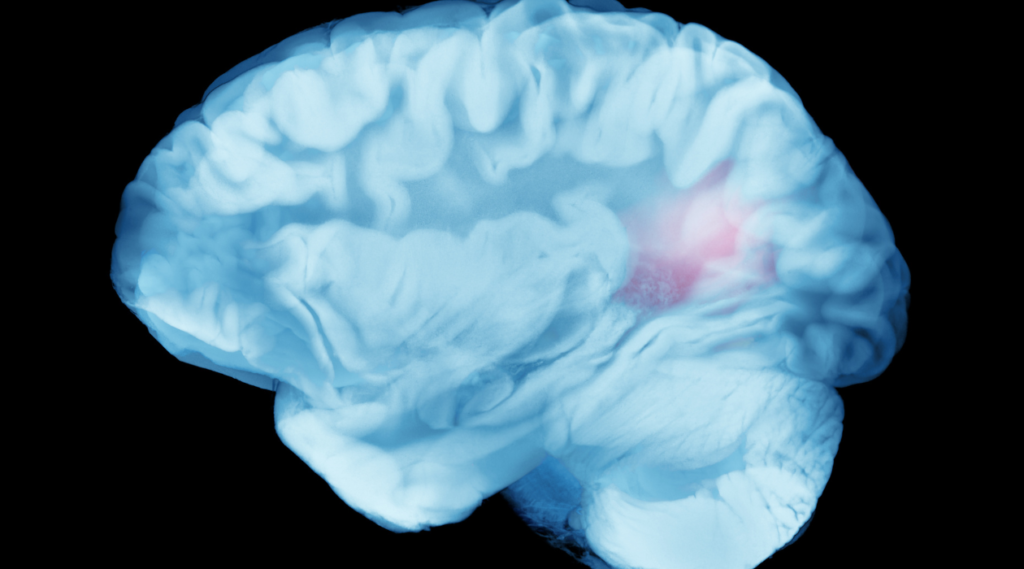Introduction
Brain aneurysms are a relatively common yet potentially life-threatening condition also known as a cerebral or intracranial aneurysm. Despite many people living with an unruptured aneurysm, they may go unnoticed for years as they often present no symptoms. However, when an aneurysm ruptures, it becomes a medical emergency. The key to preventing disastrous outcomes is to understand the symptoms and risk factors associated with brain aneurysms. In this comprehensive guide, we’ll explore the various aspects of brain aneurysm symptoms, diagnosis, treatment, and prevention to provide you with the knowledge necessary for early detection and intervention.
What is a Brain Aneurysm?
A brain aneurysm is a bulge in a blood vessel in the brain, caused by a weakened arterial wall. There are several types, including:

- Saccular aneurysms, the most common form, which resemble a “berry” and occur at a bifurcation where blood vessels divide.
- Fusiform aneurysms, which involve the entire circumference of a vessel and can be challenging to treat.
- Mycotic aneurysms, which result from an infection in the arterial wall.
The Silent Dangers
Most aneurysms go undetected because they are small and do not cause any symptoms. They are often found incidentally during imaging for another condition. However, these silent dangers can rupture, leading to a type of stroke called a subarachnoid hemorrhage (SAH), with severe consequences including death or lifelong neurological impairments.
Symptoms of Brain Aneurysms
Understanding the symptoms of an unruptured brain aneurysm is critical for early detection and treatment. These symptoms can be subtle and may resemble other less severe medical conditions. It is important to recognize and respond to any unusual health changes.
Sudden Severe Headache
Described as the worst headache of one’s life, this intense and sudden headache is a telltale sign of an aneurysm rupture. The pain can be debilitating and is often different from regular headaches, possibly leading to loss of consciousness.
Vision Impairment
Blurred or double vision, dilated pupils, or light sensitivity can signify an aneurysm pressing on the optic nerve.
Nausea and Vomiting
Accompanied by a severe headache, nausea and vomiting can indicate an aneurysm rupture and the onset of a subarachnoid hemorrhage.
Seizures
Those with an aneurysm may experience unexplained seizures, which may be the result of a rupture and subsequent bleeding.
Neck Stiffness
Known as nuchal rigidity, neck stiffness can be a sign of blood from a ruptured aneurysm spreading to the spinal column.
Risk Factors and Prevention
Assessing your risk factors can help you take the necessary steps to prevent or manage brain aneurysms. Some of the significant risk factors include:
- Family History
- High Blood Pressure
- Smoking
- Age (typically those between 35 to 60 years)
Understanding how these risk factors contribute to aneurysm formation can empower you to make informed lifestyle choices and seek appropriate medical guidance.
LEARN MORE ABOUT INTERNAL MEDICINE
Family History
Having a first-degree relative with a brain aneurysm can place you at a higher risk. Genetic counseling may be beneficial in these cases.
High Blood Pressure
Uncontrolled hypertension can weaken the blood vessel walls, contributing to the formation and rupture of an aneurysm. Managing your blood pressure through diet, exercise, and medication can significantly lower your risk.
Smoking
Tobacco use is strongly linked to an increased risk of aneurysms due to its direct impact on the circulatory system. Quitting smoking can substantially reduce this risk, benefitting both overall health and specific aneurysm prevention.
Regular Check-ups and Healthy Habits
Engaging in regular health screenings can detect underlying conditions that contribute to aneurysm formation. In addition, adopting a healthy lifestyle includes maintaining a balanced diet and staying physically active, which can help prevent aneurysms from developing or delaying their growth.

Diagnosis and Treatment
Early diagnosis of a brain aneurysm greatly improves the chances of successful treatment. If you suspect you may have an aneurysm or are concerned about your risk, it is crucial to seek medical attention promptly.
Imaging Tests
Various imaging tests, such as CT scans, MRI, or angiography, can help confirm the presence, size, and location of an aneurysm.
Medications and Surgical Options
- Medications to treat sudden aneurysm rupture may include pain relievers, anti-seizure drugs, and drugs to prevent brain vasospasm — when the blood vessels in the brain constrict following a subarachnoid hemorrhage.
- Surgical options involve securing the aneurysm through clipping (closing it off) or coiling (inserting soft platinum wires into the aneurysm to create a blood clot and seal it off). Other techniques include stent-assisted coiling, flow diversion, and bypass.
Raising Awareness
The importance of raising awareness about brain aneurysms cannot be overstated. Knowing the symptoms and risk factors — and sharing that knowledge with others — can save lives.
Importance of Early Detection and Seeking Medical Help
Recognizing symptoms and taking immediate action can play a crucial role in the outcome of a brain aneurysm. Early detection can prevent a rupture while seeking medical help at the first sign of a rupture can improve survival rates and reduce the risk of subsequent strokes or rebleeding.
In conclusion, understanding brain aneurysm symptoms and the actions to take upon diagnosis are critical for both individuals and their communities. By staying informed, recognizing symptoms, addressing risk factors, and seeking early treatment, you can significantly improve your chances of staying healthy and safe from the potentially devastating effects of brain aneurysms.
1 thought on “Brain Aneurysm Symptoms: A Comprehensive Guide”